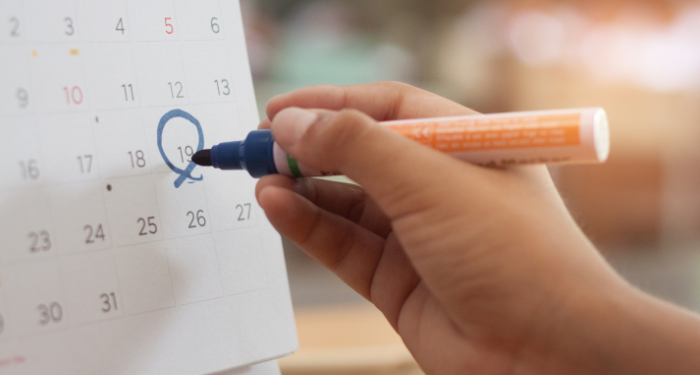So you’ve done all the prep work for a tongue and/or lip tie release, you’re getting ready to have the procedure, but you’d like to know how long healing will take?!
Everyone heals differently and there are many factors that affect healing: genetics, amount of inflammation, etc. However, there are several phases of healing we can look for during the process to ensure it is going well.

How long does it take to heal from a tongue, lip, and/or buccal tie release?
According to Autumn Henning, MS CCC-SLP, COM, IBCLC’s TOTs Training®(you can find that training here,) healing generally follows these 4 steps:
Diamond shaped wound post release
⬇️Days 1-4 inflammatory phase
There is a white patch where the release is done, expect soreness and if it’s a baby, they tend to be fussier than usual.
⬇️Days 4-20 proliferation fibroblastic phase
Wound begins to get smaller in size, may turn to a yellow color, may begin to see some of the symptoms go away during this phase.
⬇️Days 20-12 months
Inflammation is gone and healing has occurred beneath the surface.
The recovery and healing phase is JUST as important to the expected improvement of symptoms as the pre-op therapy and post-op therapy work that we recommend you do!
While many people report a positive change in symptoms immediately after a release, many improvements may be seen after you or your child have fully healed and completed post-op therapy to retrain the orofacial muscles on how to function (through neuromuscular reeducation) with their new found freedom of movement.
Afterall, we begin practicing oral motor movement patterns in utero at around 8 weeks gestation, so, if those muscles have been compensating, it will take some time for them to learn the correct way to function.
Immediately post-op, it should not surprise you if your infant spits up more as their stomach will need to expand to take in larger feedings now. It’s all a part of the healing process. An infant may feed well initially, but stop due to inflammation and discomfort.

At any age an individual may become a quiet breather for the first time! This can be especially shocking if it’s an infant and now you feel the need to constantly check to ensure they are breathing! Quiet breathing IS one of the main goals.
As healing continues and skills increase, you have so many things to look forward to like quiet nasal breathing, closed mouth posture with tongue on the roof of the mouth, full smiles with less gums showing, improved sleep, infants who are CONTENT & NOT gassy or colicky, quicker feeds, weight gain in infants & children who were struggling in this area prior, less grazing, less gagging/choking, no more hiccups, reflux, indigestion, constipation, and more speech for younger children!
What a GIFT a release can be when approached correctly by a well-trained team.
Our advice for optimal healing? Listen closely to your release provider and their instructions on timing of stretches and other post-op instructions, continue post-op therapy with your feeding therapist (ages 0-4 years) or myofunctional therapist (cognitive age 4 year – adult). We can’t wait to hear how you and/or your child are SOARING as you experience the new found freedom of symptoms a release can bring.




